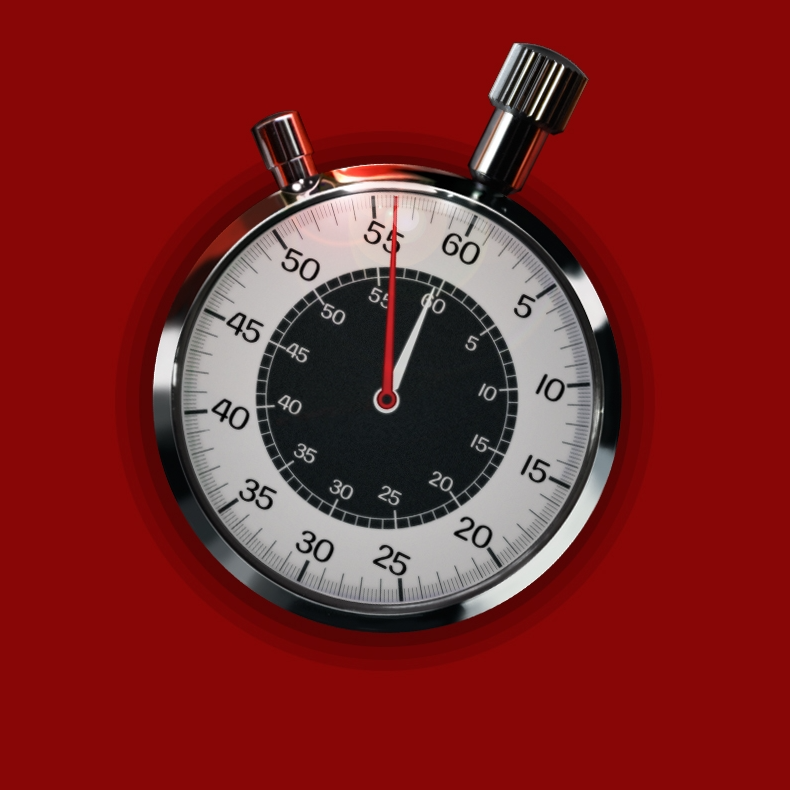An Introduction to Psilocybin
With the advent of the psychedelic renaissance occurring currently, many people have become curious about one of the most famous hallucinogens: psilocybin mushrooms. Read on to discover the most important information about these fascinating fungi.
What is psilocybin?
Psilocybin is a naturally occurring chemical compound found in certain mushrooms, which induces a hallucinogenic state when ingested, similar to that of LSD. Mushrooms that contain psilocybin (such as Psilocybe mexicana and P. cubensis) are also known as “magic mushrooms” or “shrooms.”
How is psilocybin used?
Typically, the mushrooms are either eaten directly (fresh or dried), brewed into a tea, or ingested as a powder in capsules. Synthetic versions of the chemical compounds psilocybin or psilocin can also be created in a lab, and are usually produced in pill form.
How does psilocybin work? What happens during a psilocybin trip?
Psilocybin is very similar in structure to serotonin, so it acts on certain serotonin receptors in the brain—most commonly in the prefrontal cortex, which regulates mood, cognition, and perception. Brain scans conducted on subjects who have taken psilocybin indicate that the brain’s pattern of connectivity is changed during a psilocybin trip, with different parts of the brain that normally don’t speak to each other experiencing a stronger connection. Psilocybin also interrupts the brain’s Default Mode Network, or DMN, which is potentially responsible for an individual’s sense of self, their thoughts of other people, and remembering the past/thinking about the future. This equates to an altered state of consciousness in the user, which may include experiences of:
- visual or auditory hallucinations
- a change in sensory perceptions or the perception of time
- increased intensity of emotional experience (either pleasant or unpleasant)
- a higher level of introspection
- mystical or spiritually significant experiences
Why do people use psilocybin?
Historically, psilocybin mushrooms were used to induce a vision or trance state during religious ceremonies, particularly in Mexico and Central America but also in Siberia and even possibly in Greece. In modern times, people most commonly use psilocybin either as a recreational drug, or as part of a ritual or ceremony in an attempt to work through past trauma or reach a more enlightened state of being. More recently, scientific research has indicated great potential for the therapeutic use of psilocybin to treat a variety of different conditions, primarily in the realm of mental health.
Is psilocybin legal? What class of drug is psilocybin?
While many researchers and scientists are lobbying to change the legal status of psilocybin, it is still currently listed as a Schedule I drug in the U.S., which means it is illegal. However, cities such as Seattle, Washington; Denver, Colorado; Ann Arbor, Michigan; Oakland, California; and others have decriminalized psilocybin, meaning that law enforcement is not prioritizing the prosecution of individuals who are found in possession of small amounts of psilocybin. The state of Oregon has also legalized psilocybin for mental health treatment in supervised settings, but has not legalized its recreational use. Internationally, laws vary, though many countries like Canada are lobbying heavily to legalize the use of psilocybin in a therapeutic setting, if not for general consumption.
Can psilocybin be used for therapy? What conditions does it treat?
Psilocybin mushrooms have been granted “breakthrough therapy” status by the U.S. Food and Drug Administration for both treatment-resistant depression and Major Depressive Disorder (MDD). It has also been studied in the treatment of both anxiety and depression in cancer patients, with promising results. Other conditions where treatment with psilocybin is currently being studied or implemented include:
- post-traumatic stress disorder
- anorexia and bulimia
- burnout in healthcare workers
- obsessive-compulsive disorder
- addiction
- racial trauma
Are there any side effects of psilocybin?
While psilocybin is considered one of the safer psychedelics you can take (there is no known fatal dose of psilocybin), there are some potential side effects that are important to consider. Short-term physical side effects can include pupil dilation, changes in heart rate and blood pressure, nausea, dizziness, excess perspiration, drowsiness, muscle weakness, tremors, or a numbing sensation. Many experts also believe that certain mental health conditions such as schizophrenia may be exacerbated by the use of hallucinogens, and advise extreme caution in those cases.
Long-term side effects are extremely rare in psilocybin use, but have been reported. Some people who take psilocybin report persistent visual alterations, or “flashbacks,” which can recur for weeks or even years after using the drug. This condition is known as Hallucinogen-Persisting Perception Disorder, or HPPD.
What is a “bad trip” on psilocybin like?
There is always a chance that a user of psilocybin or any psychedelic can experience confusion, delirium, anxiety, panic attacks, or an increased sense of paranoia—commonly referred to as a “bad trip.” This experience is usually contained to the duration of the psilocybin trip, wearing off within 6 to 8 hours, but it can occasionally be distressing enough that the user requires medical attention.
As with the more positive effects of psilocybin, any potentially negative effects vary greatly from person to person and can often depend upon what is known as “set and setting”: an individual’s initial mental state and personality (their “set”) and their immediate surrounding environment (known as “setting”). Many negative effects and experiences can be mitigated or avoided by adhering to the following:
- Choose a quiet, safe, and relaxed setting beforehand.
- Always have a trained professional or trusted person nearby.
- Go into the experience with an open mind, not resisting difficult material that may come up during the trip but instead accepting and moving through it.
Can you microdose psilocybin?
Yes. Microdosing psilocybin and other psychedelics is becoming increasingly popular. It is favored by Silicon Valley execs and entrepreneurs for increasing their creativity and productivity, as well as by average citizens for reducing their anxiety and/or depression and improving their general outlook on life. Due to increased interest in microdosing and a previous lack of research, scientists are beginning to collect evidence in order to conduct more trials on the safety and efficacy of microdosing psychedelics.
You Might Also Like Our Content on These Topics: Psychedelic-Assisted Therapy, Psychedelic Research, LSD, Ayahuasca, DMT, MDMA, Altered States of Consciousness, Drug Policy











